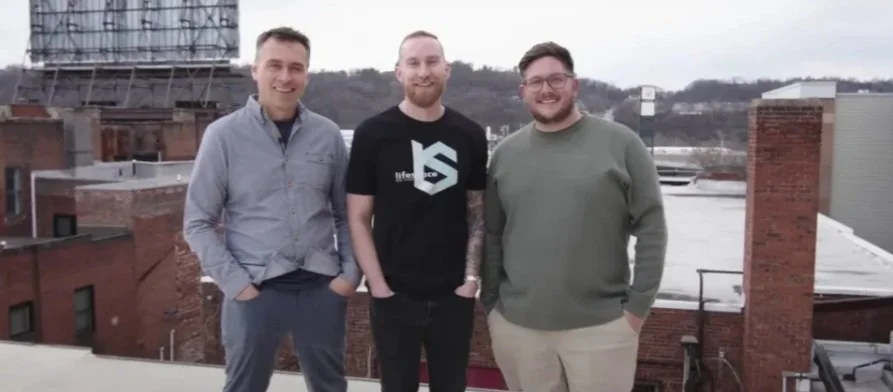This Pennsylvania trio bought a $100K abandoned school and turned it into a 31-unit apartment building — here's how to invest in residential real estate without all the heavy lifting
It looks like remote work is here to stay. And that's left many wondering what to do with vacant commerical properties — and whether time's up for investors in the space.
But for keen investors willing to put in some cash and hard work, there are still plenty of opportunities in real estate. Just look at the trio from Pennsylvania who took on the ambitious project of converting an abandoned school building into an apartment complex.
Jesse Wig, Adam Colucci and Dan Spanovich found an off-market deal to purchase Bowtie High, an abandoned high school, for $100,000 in 2019. Spanovich, a 42-year-old developer, helped his co-investors convert the dilapidated property into a massive apartment complex.
A hefty $3.3 million later, the site is a 31-unit apartment complex.
One-bed and two-bed units start at $1,400 and $1,600, respectively, and the property is already at 100% occupancy.
The project was so successful, the trio have already reinvested some of the profits into another abandoned school nearby, intending to convert it into another apartment complex with 33 units.
The Bowtie High experiment highlights some key trends of the U.S. housing market that investors need to know before making their next real-estate move.
Housing supply shortage
According to multiple media reports, there are simply not enough homes being built to keep pace with the U.S. population.
Between 2012 and 2022, the number of single-family housing starts trailed the number of household formations by 6.5 million units, according to Realtor.com.
And that shortage also applies to the existing home inventory. Recently, Realtor.com reported a "bleak lack of inventory" for prospective homebuyers earlier this month with the number of new listings down 7.1% compared to a year before and overall inventory of both new and old listings down by 5.1%.
This housing shortage is expected to persist in the years ahead. This is why the conversion of commercial properties such as schools and offices into residential units is highly attractive.
Passive income
Given that Bowtie High has 31 units occupied at between $1,400 and $1,600 a month, the property generates more than $500,000 in annual rent. That implies a gross return of around 15% on the trio’s total investment of more than $3 million. That’s an incredible return, but it took months of sweat and tears to get there.
Fortunately, investors can generate passive income from real estate using online platforms and avoid the hassle of real estate development and renovation.
Residential real estate investment trusts (REITs) like Camden Property Trust (NYSE:CPT) and Mid-America Apartment Communities, Inc. (NYSE:MAA) offer dividend yields of 3.7% to 3.8%.
That’s not as lucrative as the Bowtie High project but involves significantly less work and risk. For the average investor looking to put money to work and generate a steady passive income, REITs are certainly attractive for almost any investor.
Read more: Thanks to Jeff Bezos, you can now use $100 to cash in on prime real estate — without the headache of being a landlord. Here's how
Tax incentives
Wig, Colucci and Spanovich qualified for tax credits because they were renovating a historic building that had been abandoned for over 10 years. Both the state of Pennsylvania and the federal government offer various incentives for these types of projects.
The team decided to double-down on this strategy by reusing some of the old doors, hardwood and bookshelves from the former school to furnish their new apartment complex. Reclaimed vintage furniture adds more character to the building.
Historic restoration isn’t the only way to secure tax credits for real estate investments. Government programs such as Opportunity Zones and the Residential Clean Energy Credit can also help you lower the cost of renovation projects.

